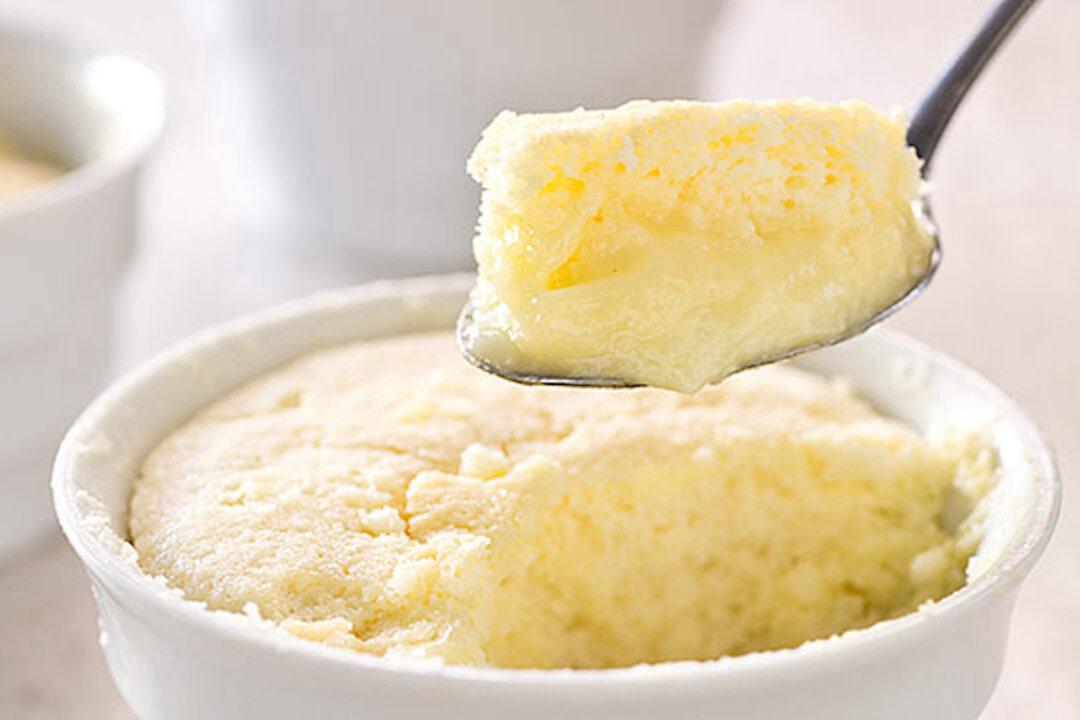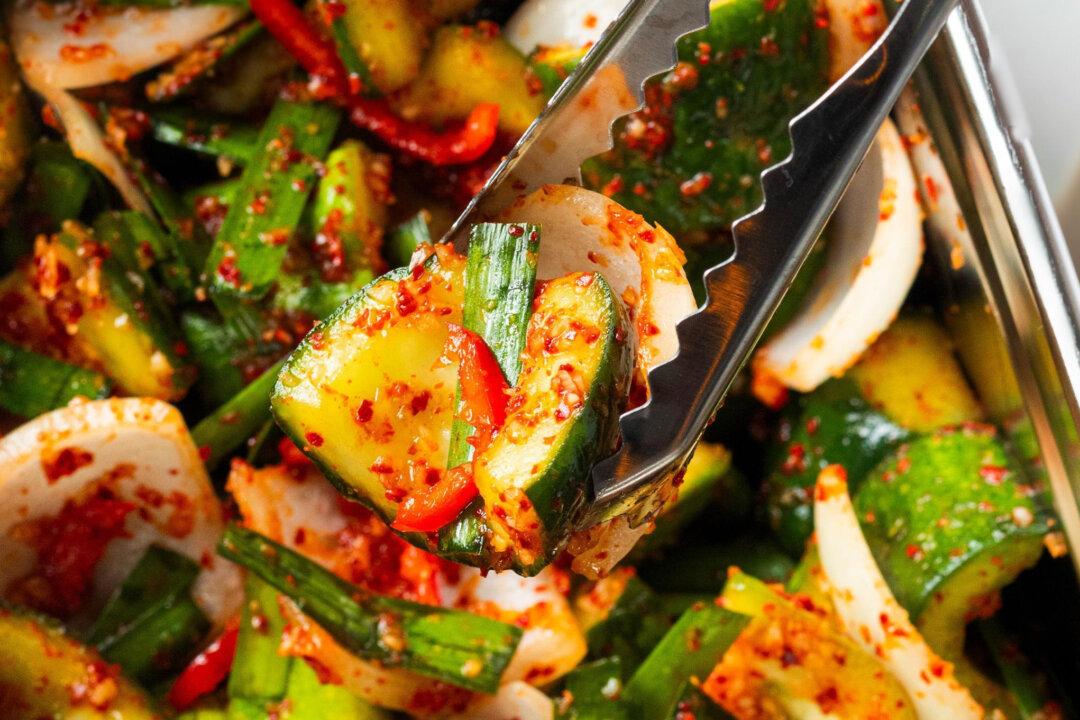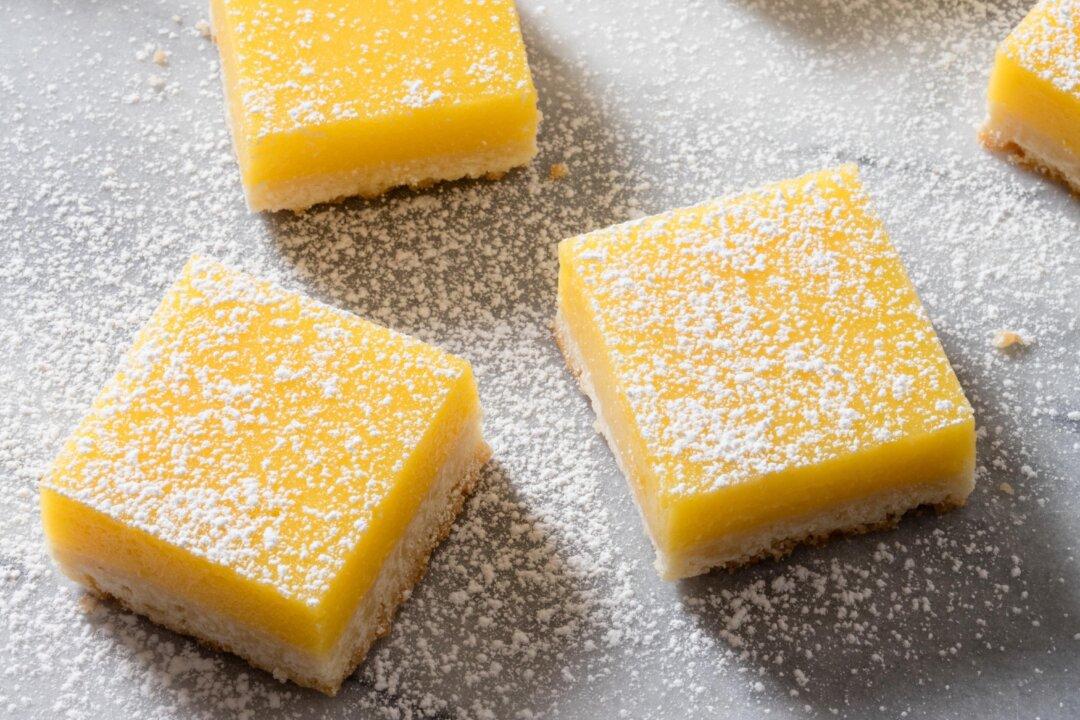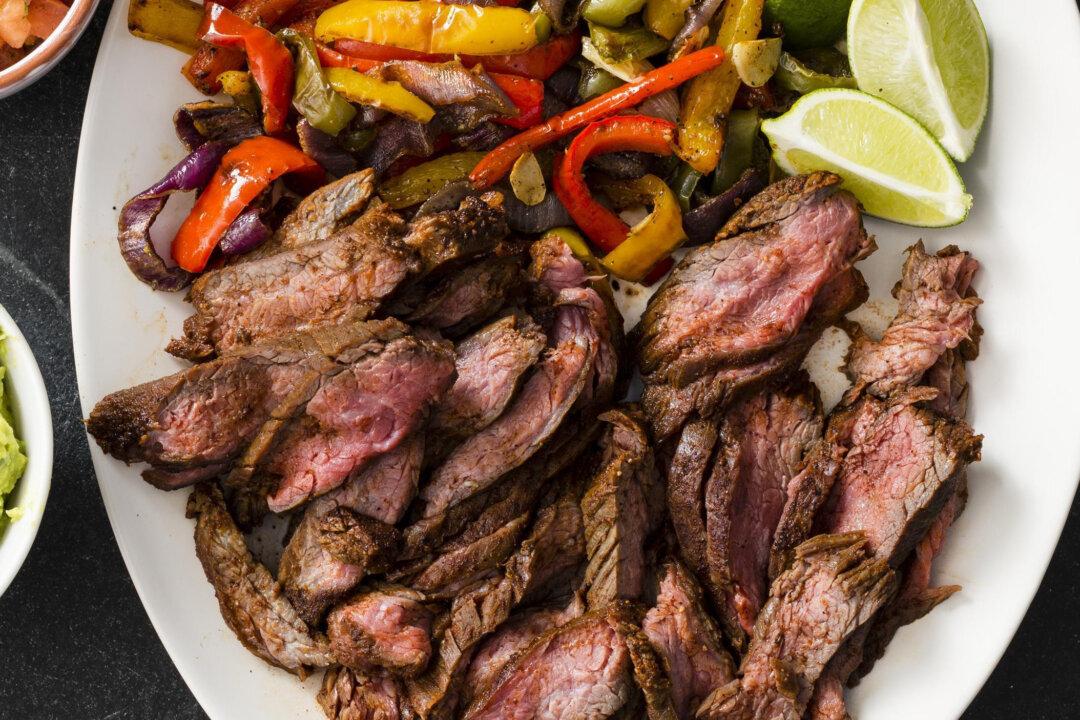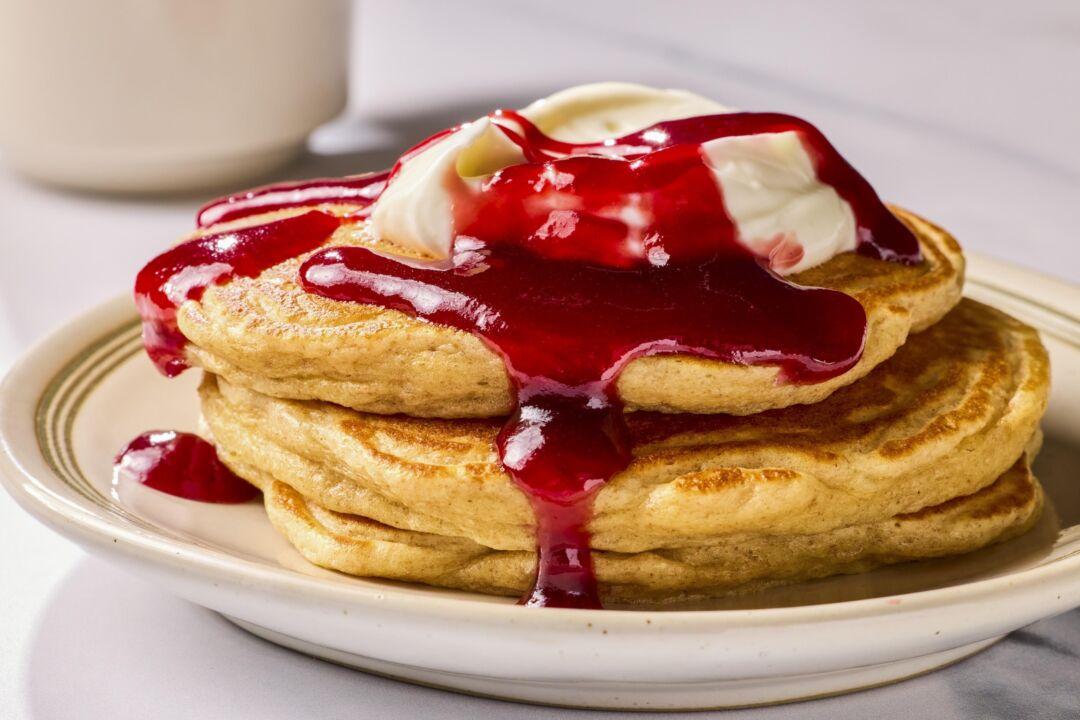The long-standing popularity of this dessert dates to the 1860s, when the advent of egg beaters with rotating parts made whipping the egg whites for the batter easier.
For bold citrus flavor, we steeped a generous 2 tablespoons of zest in the milk and cream for the batter to extract both its water- and fat-soluble compounds. Baking the pudding cakes in a bath filled with cold water, versus the hot water typically added to the pan, ensured that the bottom pudding layer, which sets faster than the top, didn’t curdle while the cake baked through.

